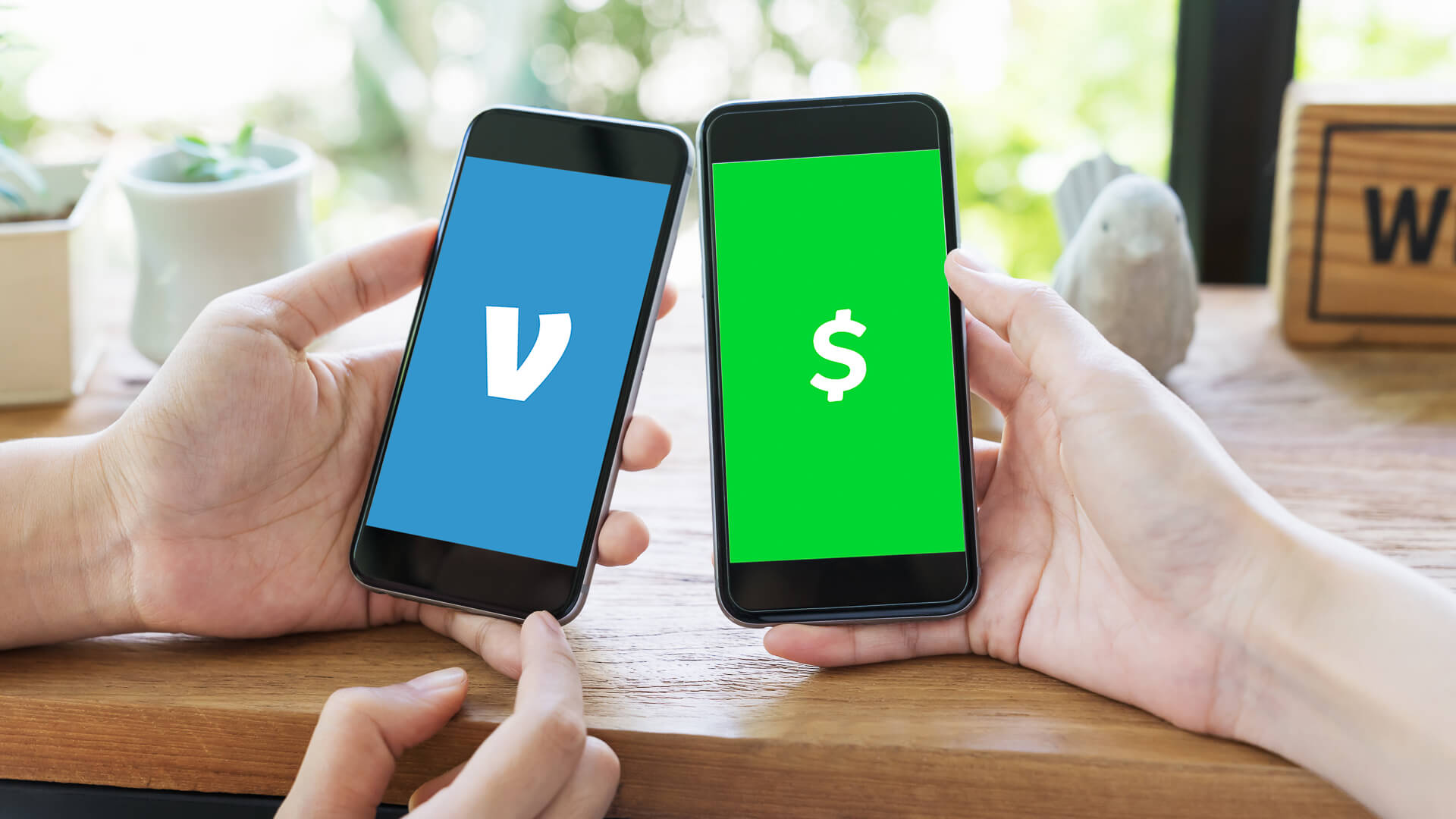
Using Venmo Debit Card Vs Regular App Payments
Venmo offers a digital debit card along with its regular peer-to-peer payment app. The Venmo debit card enables you to spend your Venmo balance in stores and online. Both payment options have their pros and cons.
That is why here, we will provide you with a Venmo debit card vs regular app payments which one is better to use?
How Venmo Card Works?
The Venmo debit card is a Visa card that draws directly from your Venmo funds for purchases. You can order the card through the Venmo app for a small fee. The card has a unique design and comes in four colors. Just use the card like any debit card at checkout, and payment is deducted from your Venmo account balance.
How Do Venmo Regular Payments Work?
The regular Venmo peer-to-peer payment method allows you to send, request, and split payments with friends directly within the Venmo app. You link your bank account or a debit/credit card to your Venmo account to use it.
When you pay someone through Venmo, the funds are deducted from your linked source or existing Venmo balance. Also, if you apply any Venmo 10 sign-up code, money will automatically be credited to your account, including any Venmo Referral Bonus you may have earned. You can write short memos describing what each payment is for, making it easy to keep track of your transactions. The app shows your full transaction history with friends, providing transparency in your financial interactions. Additionally, Venmo enables in-app purchases using a QR code for added convenience.
Optional features include purchase protection and extra security measures. Overall, the regular Venmo payment process conveniently handles direct payments between friends in-app.
Pros And Cons Of Using Venmo Debit Cards Vs Venmo Regular App Payments
Here are the major pros and cons of using Venmo Debit card and regular app payments made through the Venmo payments app:
Pros Of Using The Venmo Card
- Spend Venmo balance in stores/restaurants without transferring to a bank account first
- Fun design makes it a conversation starter
- Tap to pay functionality for quick transactions
- Get cash back rewards on purchases
- Manage cards and view transactions easily in the Venmo app
Cons Of Using the Venmo Card
- You can only spend up to the amount in your Venmo balance
- Transaction fees apply to certain purchases like ATM withdrawals
- Easy to overspend Venmo balance without realizing
- No ability to build a credit history
Pros of Regular Venmo App Payments
- Send money to friends directly within the app
- Split purchases with Venmo friends in the app
- Build credit when linked to credit card or bank account
- Easier to budget and track recipient-to-recipient transactions
Cons of Regular Venmo App Payments
- Cannot use Venmo balance for in-person or online purchases
- Must transfer funds to a bank to access money outside the Venmo ecosystem
- No rewards like cash back on purchases
Venmo Card Vs Regular Payments, Which Has Better Rewards?
The Venmo debit card offers cash-back rewards and exclusive discounts for cardholders when making purchases, which serves as an incentive program. Regular Venmo payments sent directly through the app do not have an associated rewards program.
The one advantage regular Venmo payments have is the ability to build your credit score when you connect a credit card or bank account to make payments. But for earning rewards such as cashback on spending, the Venmo debit card is the better option.
Venmo Debit Card Vs Regular Payments For International Transactions
Both the Venmo debit card and regular in-app payments can be used for international transactions, but some differences exist. The Venmo card functions like any Visa card, allowing convenient in-person purchases globally wherever Visa is accepted. However, it charges a 3% foreign transaction fee.
Regular Venmo payments let you pay friends abroad directly through the app, though foreign exchange fees may be applied. Overall, the debit card streamlines physical purchases internationally, while peer-to-peer payments enable simple cross-border money transfers. Both methods work but have small associated fees.
Fees And Maintenance Charges Of Venmo Debit Card And Regular Payments
The fees and maintenance charges of both payment methods of Venmo are as follows:
| Payment Method | Fees |
| Venmo Card | $5 purchase fee for physical card – ATM withdrawal fees – 3% foreign transaction fee |
| Regular Payments | 3% foreign exchange fee – Friends can charge fee for instant transfer |
So, these are the maintenance charges for using the Venmo debit card and regular payments app. If you use a Venmo promo code, such as the Venmo $10 Sign Up Bonus, while making payments, you can also save lots of bucks while using this app for your financial transactions. Venmo offers a convenient and cost-effective way to manage your payments and finances.
Is the Venmo debit card free?
No, ordering the physical card costs about $5. Using it is free except for some fees like ATM withdrawal fees.
Can I use a Venmo card abroad?
Yes, it can be used internationally anywhere Visa is accepted. International transaction fees apply.
Can I pay bills with a Venmo card?
Yes, you can use it to pay bills either online, in apps, or at physical locations just like any debit card.
Can I use Venmo balance at ATMs?
Yes, you can withdraw cash from ATMs using the Venmo card, although withdrawal fees may apply.
What happens if I lose my Venmo card?
You can freeze or cancel the lost card and order a replacement through the Venmo app. Your balance remains unaffected.



